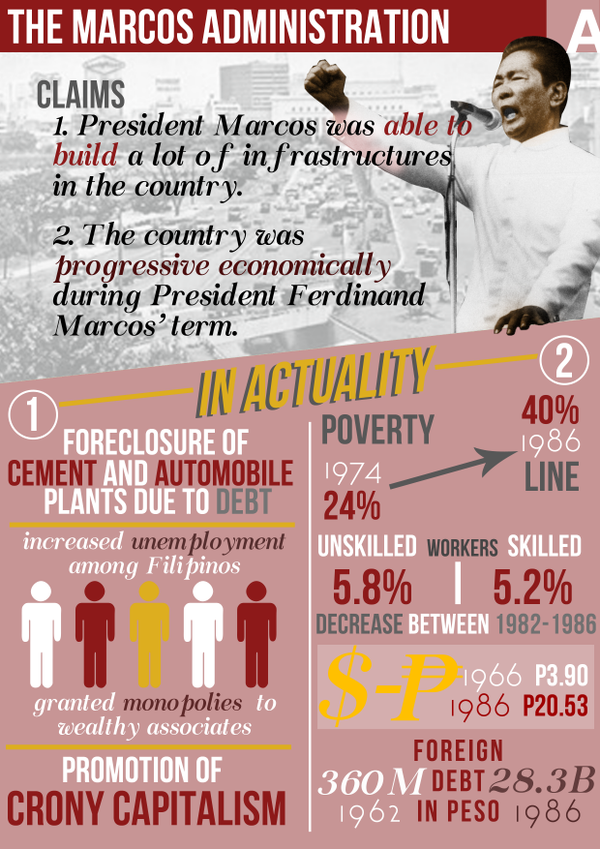The Worldwide Journey And Advancement Of Martial Arts Throughout History
The Worldwide Journey And Advancement Of Martial Arts Throughout History
Blog Article
Content By-Kaufman Fallon
Martial arts have a fascinating background that spans centuries and continents. You may locate it interesting just how old practices like Shuai Jiao and Kalaripayattu laid the groundwork for contemporary battle strategies. These disciplines not just stress physical abilities but additionally show the societies that birthed them. As you explore their advancement, take into consideration just how globalization has transformed these traditional types into hybrid styles. What impacts do you think have formed today's martial arts landscape?
Ancient Martial arts: The Foundations of Fight
As you delve into the world of old martial arts, you'll find the abundant structures that shaped battle strategies throughout cultures. Early methods focused on Self-Defense and survival, typically including strikes, grappling, and weaponry.
In old China, as an example, strategies like Shuai Jiao stressed tosses and joint locks, while India's Kalaripayattu showcased agility and liquid activity. Japanese samurai developed Kenjutsu, a polished swordsmanship that highlighted technique and approach.
These martial arts served not just for fight but likewise as a way of personal advancement, instilling values like respect and willpower. The blending of these methods over time laid the groundwork for the varied martial arts you see today, each reflecting the distinct ideologies and needs of its society.
The Cultural Influence on Martial Arts Advancement
While martial arts often mirror the sensible needs of a culture, they additionally personify the social values and beliefs of their origins. When you explore different martial arts, you'll notice exactly how they're influenced by religion, philosophy, and social norms.
For instance, the emphasis on regard and discipline in Japanese martial arts originates from Zen Buddhism and samurai society. In contrast, Brazilian Jiu-Jitsu promotes adaptability and strategy, formed by the need for performance in a varied, modern atmosphere.
https://olympics.com/en/news/what-is-wushu-chinese-martial-arts-south-east-asian-games-sport could discover that the routines, attires, and training approaches mirror an area's background and identification. By recognizing these cultural impacts, you grow your admiration of martial arts and their function fit human experiences around the world.
Modern Adaptations and the Globalization of Martial arts
Martial arts have transformed substantially in recent decades, adapting to modern culture and international impacts. You'll observe that typical forms have combined with contemporary techniques, developing hybrid styles like MMA. These adaptations accommodate varied target markets, making martial arts available and appealing globally.
With martial arts training of social media and electronic platforms, you can discover tutorials and competitors from all corners of the globe, damaging geographical obstacles. This globalization has actually caused a shared appreciation for numerous disciplines, from Brazilian Jiu-Jitsu to Taekwondo.
As you involve with these arts, you'll recognize they're not just about fight; they promote physical fitness, technique, and psychological wellness.
Ultimately, modern-day adaptations have enriched the martial arts landscape, making it a dynamic and developing practice.
Conclusion
In discovering the history and evolution of martial arts, you reveal an interesting mix of strategies, societies, and philosophies. From ancient self-controls like Shuai Jiao and Kalaripayattu to the contemporary adaptability seen in mixed martial arts, martial arts reflect mankind's quest for Self-Defense and personal growth. As you involve with these practices, you not only gain abilities but likewise a much deeper gratitude for the varied customs that form our world today. So, continue Highly recommended Resource site and embrace the art of combat!
